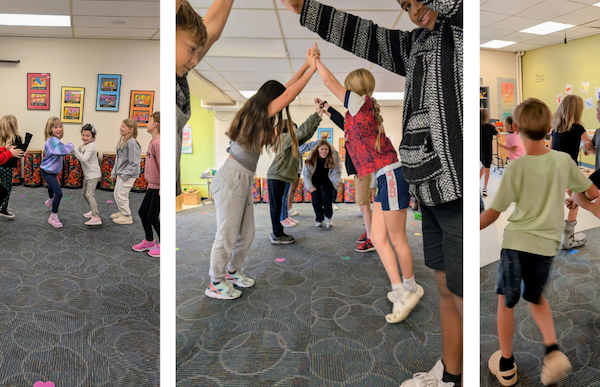
Percentile Rank and Grade-Level Benchmarks
February 8, 2018
“Bright Kids Who Can’t Keep Up”
February 21, 2018
During the last five years or so there have been occasional articles in the press about the increasing numbers of women seeking treatment for symptoms of ADHD.
The estimate is that four percent of the female population between the ages of 15 and 44 has filled at least one prescription for ADHD medication. It is thought that the rate of ADHD in adults is five percent, so four percent is not an outrageous number.
How could so many cases go undiagnosed in childhood? Part of the explanation might be related to differing views of ADHD in girls vs. boys. When we picture an 8- year-old boy with ADHD, we imagine an active youngster who calls out in class, can’t sit still, loses his coat somewhere at school and forgets his homework.
The presentation for girls may be somewhat different. There are 8-year-old girls, of course, who fit the description of the 8-year-old boy. Those girls are likely to be referred for intervention or evaluation because the behavior disrupts their performance in the classroom and interferes with the education of other students. It is likely, however, that the women seeking treatment as adults may not have fit the same pattern of behavior. They were quiet in class. The teacher may have suspected that the female student was daydreaming, but could not be sure, because the student seemed to be looking at the teacher during class. This girl might also forget to bring homework to school, lose her jacket and have trouble following exact directions. She is not disrupting the class with impulsive behavior. She is quietly tuned out or disengaged.
Adults might wonder if the female student is depressed or anxious. Sometimes she chews on her shirt, and she does not participate much in class. Dr. Patricia Quinn writes that anxiety is self-reported far more often in girls with ADHD than boys with the same diagnosis.

If you wonder about yourself or your daughter, speak to your/her physician. Do some reading – a good place to start is in the LD Resource section of Springer School and Center’s website (www.Springer-LD.org).
Blogger Mary Ann Mulcahey, PhD, shares her expertise in assessment and diagnosis of learning disabilities and ADHD, and the social/emotional adjustment to those issues. If you have questions, please contact Mary Ann at .



